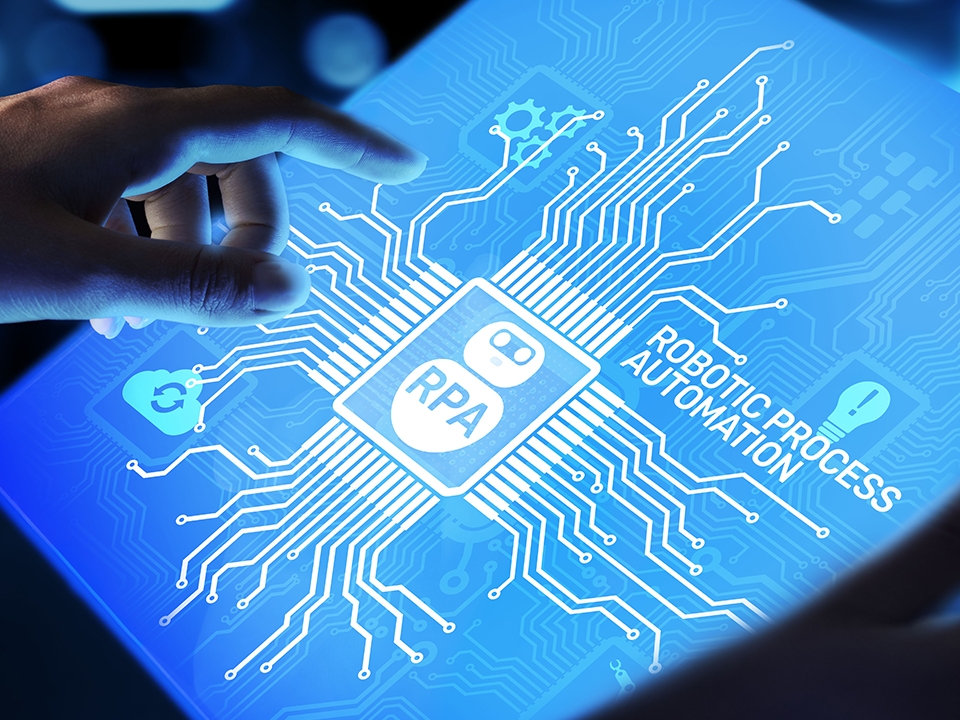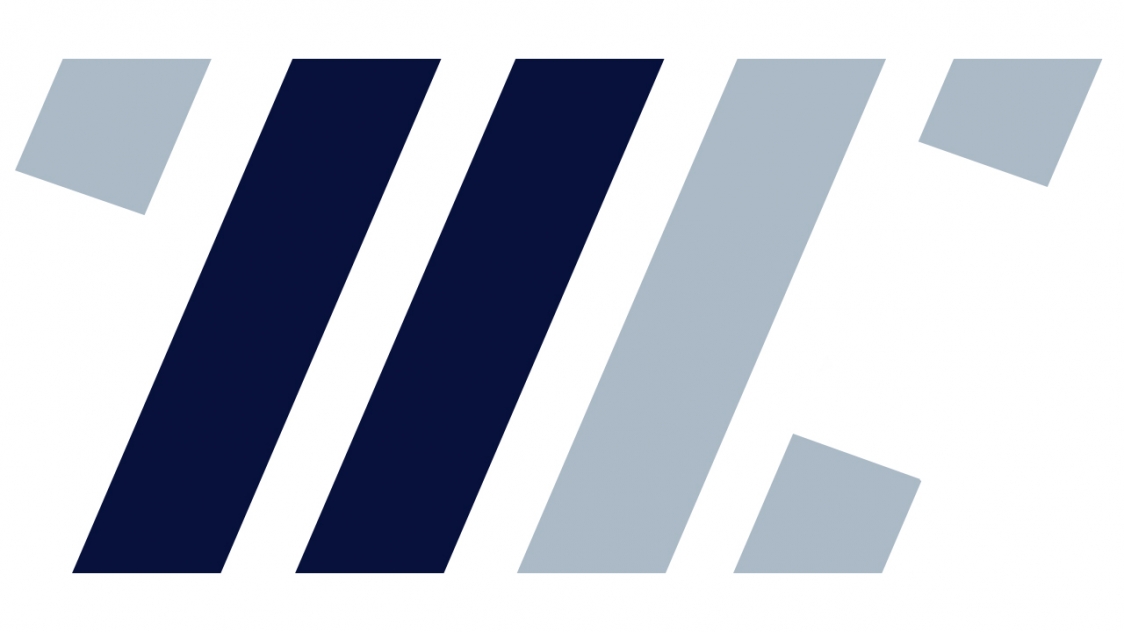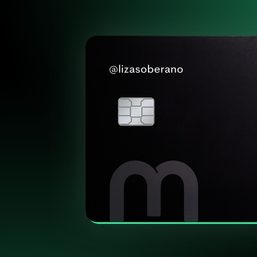SUMMARY
This is AI generated summarization, which may have errors. For context, always refer to the full article.

[Editor’s Note: 2020 has been the year of digital transformation. White Cloak Technologies breaks down the technologies we have today and what’s in store for us in the future. Below is their story.]
The COVID-19 pandemic has changed the way we live. As health concerns and uncertainty continue to alter our daily activities, consumers are now behaving in ways businesses are struggling to adapt to. Winning customers over will be more challenging than ever.
Businesses are moving fast to keep up. To stay competitive, it’s time to think about redefining target markets, exploring new opportunities, and leveraging technology.
As bleak as everything seems, this unusual era brings new opportunities for businesses – what were once emerging technologies are now forced to accelerate at breakneck speeds to address current problems. Riding this technological riptide may just be what businesses need to stay relevant in customers’ minds.
With the way things are going, here are 5 trends in app development we think will shape 2021 and the years to come.
Boom in virtual workspace technology
Many businesses, especially ones used to conventional structures, have struggled to keep up with the demands of their day-to-day operations and adapt to remote work setups. Tech-savvy business owners have already turned to virtual workspace platforms to manage their employees, keep track of deadlines, and organize workflow.

Virtual workspaces continue to be a boon for businesses. Virtual meeting apps like the now ubiquitous Zoom, remove the usual limitations of online meetings with better sound quality and a complete suite of tools for screen sharing. The use of apps such as Microsoft Teams, Google Meet, and Slack has also become more prevalent. Project management platforms like Jira and Trello minimize the uncertainty of leading remote teams by keeping track of every single task and deadline, leaving each team member accountable for their own work.
The data-driven nature of these tools lets employers monitor their team’s progress, manage tasks, balance workloads, and measure productivity in a way traditional systems have never been able to.
Virtual workspaces aren’t exactly new, but we expect to see a dramatic rise in companies implementing these systems into their workflow. Existing work-related apps may also start redefining their users’ experiences to address newer problems they may be facing, such as staying productive in a home environment.
Heightened cybersecurity

The sudden rise in remote workspaces and online activity has created some ripe ground for hackers. Aside from utilizing VPNs and antivirus software, companies must implement additional security controls to protect their own data as well as their customers’.
The first step should be modernizing security infrastructures so employees can work securely at home or in public, starting with making sure all confidential information is stored on a cloud. Taking advantage of Mobile Device Management (MDM) solutions will also allow monitoring and protecting employees’ work devices remotely. MDM works by keeping the company’s data and applications safe from malware threats and data breaches by blocking unsafe websites and materials that employees accidentally access.
The steady rise in Artificial Intelligence (AI) development has also allowed us to identify new cybersecurity threats faster, and to respond to them quicker before they spread.
As more people become aware (and anxious) of the potential risks of their privacy and data being stolen, it isn’t unreasonable to expect that users will worry about the apps they want to download. Developers need to find ways to reassure users of the safety of their apps without bombarding them with technical jargon, whether through the app’s marketing or its UX.
Cybersecurity should also be tackled on the user level. As employees use more tech for their work, we hope to see businesses educating their employees about basic security knowledge, like knowing how to spot phishing scams and being wary about connecting to unsecured public networks.
Intelligent RPA and AI-powered bots
Put simply, Robotic Process Automation (RPA) is instructing software to automatically perform repetitive, high-volume, and time-consuming tasks, which it does at incredibly high speeds. These tasks are usually trigger-driven and mind-numbingly tedious.

RPA spares us from performing these thousands of tasks that could be happening simultaneously. More importantly, Robotic Process Automation boosts efficiency and enables systems to operate faster than humanly possible.
Nowadays, call centre and help desk operations are made more efficient with Robotic Process Automation. RPA tools filter and consolidate multiple customer information on a single screen, making it easier for agents to address concerns per user. RPA also plays an important role in ecommerce. It helps buyers in their decision-making process by gathering and comparing data from various websites to help users get the best deals. Think Trivago, eCompareMo, and iPrice.
But beyond optimization, combining RPA with AI creates a system capable of more complex tasks. AI tech makes it possible for machines to mimic human-like functions such as recognizing patterns, understanding human language, making sense of unstructured data, learning and adapting to change, handling exceptions, and making RPA work better without human supervision.
RPA is the brawn while AI is the brains of automation. Today, we can experience this tech tandem through chatbots. For example, customers who want to cancel their flight can do so through an airline’s chatbot in Facebook Messenger. AI tech scans the keywords and context of messages so it can instruct RPA to give the right pre-packaged answers.
Additionally, various apps in the retail and entertainment industry also benefit from RPA-AI integration such that it can pull out user data and learn preferences to recommend similar products you may like, be it similar music, movies or clothing items according to your taste.
Implementing systems that combine both Robotic Process Automation and AI is one way to build sustainable competitive advantage. However, businesses should keep in mind that to properly integrate these technologies within their current processes, they need to hire dedicated RPA and AI developers. Software engineers and QA’s should maintain solid communication and coordination among their departments to handle quickly-emerging issues and keep the tech in tip-top operating condition.
More internet of things (IoT) apps
Think of the Internet of Things as an immense network of physical devices around the world that are connected to the internet, constantly gathering and communicating real-time data. Smartwatches, security systems, and Google Home are some of the more familiar examples of IoT devices.

The success of the IoT lies in its genius to transform any object into a data source, amassing data-driven insights and helping us make better business decisions. Today, the IoT is complemented with data analytics software and AI to improve processes, speed up data analysis, boost total revenues, and reduce overhead costs.
2020 has so far been a trying year for the healthcare industry, with a growing need for remote healthcare solutions amid social distancing. We may see more instances of medical devices integrated into health apps, such as virtual assistants for patients at home, smart wearables that monitor a user’s vitals for a more instantaneous first-aid response, and apps that allow patients to consult doctors from a distance.
With more of us spending more time at home, smart home devices may see an even bigger surge in popularity. Smart home devices paired with AI automation are becoming more sophisticated, seamlessly blending into the background of people’s day-to-day lives. Smart lights and thermostats greatly help with energy saving. Your home’s security can be monitored through your phone. The idea of tailoring the environment of a living space through an app may bring about some interesting new concepts.
IoT mobile app development will be in high demand in 2021 and beyond, which means the more your network of devices and operating systems grow, the more information you will need to secure. We can expect to see a rise in IoT app developers upgrading their security to protect their users’ growing data.
Financial Technology

2020 has been a major milestone year for the fintech industry. E-commerce continues to swell like never before, and fintech apps have seen huge influxes of downloads, new users, and transactions. Cashless transactions are becoming the norm faster than expected, and companies and consumers alike are expected to embrace fintech even more in the coming years.
One key feature that earned fintech apps like UnionBank Online, Diskartech, and Bond.PH their success was digital account opening. With banks going fully digital, typical pain points like waiting in line to open a new bank account are slowly being eliminated.
Fintech security has also been widely streamlined, thanks to Online Identity Verification and electronic Know Your Customer (eKYC) processes. The digitization of ID, face, and biometrics verification further ensures new users are securely onboarded and their identities are accurately authenticated. With these technologies, fintech apps can secure good customers while minimizing fraud.
Fintech apps are already widely in use, especially among younger demographics. We hope to see developers improving the overall UX, security, and dependability of their apps, as well as making their apps more accessible to older audiences.
What’s next?
The phrase “innovate or die” has often been touted in the tech world as a sort of badge, usually with a sense of pride. As more businesses are forced to close down due to circumstances out of their control, the phrase takes on a much bitter meaning: despite the uncertainty, we need to keep moving forward.
No one can really predict when this pandemic will end, but we’ve definitely seen how it has forced businesses, the economy, and humanity to drastically adapt. COVID-19 has already accelerated emerging technology trends, and whether businesses deny or adapt to these trends in the coming years will shape the post-pandemic world. – Rappler.com
Add a comment
How does this make you feel?






There are no comments yet. Add your comment to start the conversation.